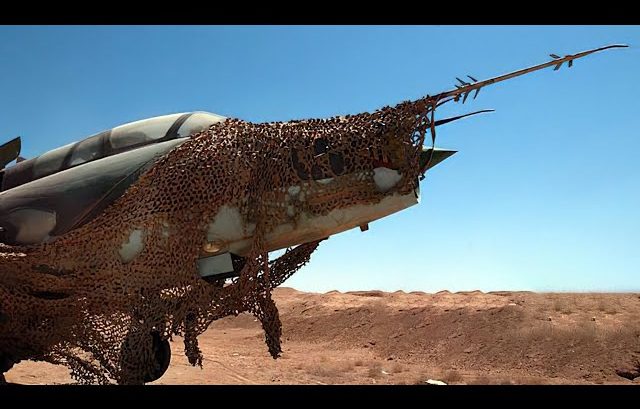It was December 27, 1992, Lieutenant Colonel Gary North didn’t want the Iraqis to pass the no-fly zone on the Kuwait border. The area was called “The Box, “a restricted area implemented by the UN to protect Iraqi civilians and neighboring Kuwait from the abuses of Saddam Hussein.
As North led his squadron, he was warned of a contact rushing at high speed in their position. He then instructed his men to cut off the treat, forcing him to combat.
International Affairs
Sadam Hussein, longing for Kuwait’s vast oil reserves, seized the small independent country, much to the world’s outrage.
In response, the UN issued an ultimatum – if they fail to withdraw their troops from Kuwait by January 17, 1991, joint militaries will take action against them.
The Box
The USAF launched Operation Southern Watch enforcing UN sanctions and President Bush implemented a no-fly zone over Southern Iraq supporting the international verdict.
The original fly zone, or “The Box,” compromised the whole of southern Iraq, below the 32 parallel, excluding fixed and rotary-winged vehicles.
Provocation
The Iraqi regime complied with the restrictions of the no-fly zone until late 1992. However, because the coalition refused to revoke sanctions against them, the Iraqi forces responded with violence.
The Iraqi forces sent their south of the 3rd parallel, threatening US airspace control. Meanwhile, a squadron of F-15 Eagles patrolling the area received a warning about high-speed contacts rushing towards their position.
The enemy fighters dodged back and forth across the edge, careful not to come in contact with the missile range of the American fighters.
Trapped
Even so, one Iraqi crossed too far, trapped inside the 32nd parallel. A lead fighter of a group of F-1 Falcons launched a missile, destroying the Iraqi MiG-15 on the spot, marking the first F-16 combat kill in USAF service.
Consequences
Ultimately, American and Allied attacks ultimately struck 17 missile and command control sites until Iraq’s air defense capabilities were permanently crippled.



